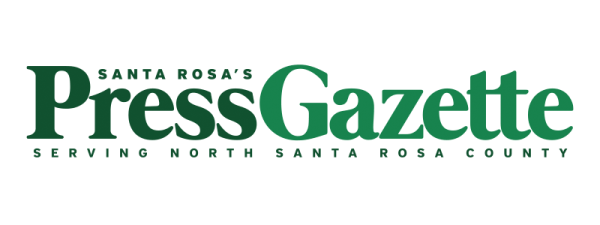P25 encrypted emergency communication system: A double-edged sword for public transparency and journalism
Encryption in P25 systems helps protect critical information from unauthorized access, ensuring the safety of emergency personnel and the effectiveness of operations. However, this same encryption can inadvertently obstruct a fundamental aspect of democracy: the public’s right to know. Newspaper reporters, who rely on access to real-time communication feeds for accurate and timely reporting, find themselves increasingly sidelined by the encryption protocols of P25 systems.
The crux of the issue lies in the balance between security and transparency. Historically, journalists have monitored police scanners and other unencrypted radio communications to stay informed about breaking news, public safety incidents, and unfolding emergencies. This access allows reporters to cover stories that affect communities and hold authorities accountable. Whether it’s tracking police responses to protests, reporting on natural disasters, or investigating questionable use of force, unfiltered access to emergency communications has been a cornerstone of robust journalism.
However, the widespread adoption of encrypted P25 systems has essentially cut off this vital information channel. Many public safety agencies argue that encryption is necessary to prevent criminals from exploiting communication feeds, protect the privacy of individuals involved in incidents, and safeguard officers in sensitive situations. But in the years we have monitored scanners, we have never heard sensitive information being broadcast. Yet, the unintended consequence is a chilling effect on the press’s ability to report accurately and promptly.
And, the lack of access to real-time emergency communications hampers journalists’ ability to cover stories as they unfold. By the time information is released through official channels, the immediacy of the news has often passed, and critical details may be omitted. This not only affects the quality of reporting but also risks eroding public trust in the press. If journalists cannot provide timely and accurate information, communities may feel disconnected or misinformed about issues that directly impact their lives.
When we posted information about P25 on our social media and website, former Okaloosa County Commissioner Graham W. Fountain responded with:
“Laws throughout the country were put into place to secure ALL public safety communications. I was the co-chair of the Taskforce that wrote these laws and policies. Every type of first responder has times that disclosure of the how, when, where, reason for any call needs to be confidential until such time the agencies conclude it can be released. Medical calls, fires (which are criminal arsons often) create communication recording that are later determined to be part of a criminal, civil, or even administrative record that requires security. Please understand first, all first responders create these transmissions as part of their job. They are not entertainment or playthings. Private citizens who are not in the legal “need to know” have no business with those communications. If public safety agencies need for you to know about an incident, they will alert through planned and screened communications that will not cause unwanted stress on victims and their families. If you are truly interested in what these agencies are doing; join up at a full-time, volunteer or p/t first responder. The days of folks monitoring scanners are over. The public safety community demands it; the courts have upheld it, and agencies don’t need criminals using communications in their schemes, illegal ambulance chasing lawyers, using it for their unlawful craft. There will be no movement to change where this is going. Very soon with the P225 mandates-all public monitoring of first responder coms will cease in all agencies. If local agencies desire authority and funding to use these systems created by the state and implemented by counties, cities, and independent fire control districts they are required to be encrypted/secure. Just read the 9/ll commission report and all kind of radio issues you will understand why your objective regrettably cannot be full-filled.”
Mr. Fountain – we don’t find it entertaining to listen to emergencies all day long where lives are changed in the matter of minutes. But we monitor so we can adequately and accurately inform the public of fires, motor vehicle accidents resulting in road closures, emergency operations information and other issues that may arise. Our public depends on us.
A possible solution is the creation of partnerships between public safety agencies and news organizations. By fostering trust and collaboration, these partnerships could pave the way for greater transparency while preserving the integrity of emergency operations.
Democracy thrives on an informed citizenry, and journalism remains a vital pillar in ensuring that transparency prevails. Without careful consideration and collaboration, the promise of security could unintentionally overshadow the essential pursuit of truth.






